Famous for its ceramics, Caltagirone will amaze you with its art and its splendid panoramas
Built on three hills and famous for its ceramics, Caltagirone amazes every visitor with its historical and artistic beauties, so much so that in 2002 it was included, together with Militello Val di Catania, Catania, Modica, Noto, Palazzolo Acreide, Ragusa and Scicli, among the late-Baroque cities World Heritage Site by UNESCO. Walking through its streets you will immerse yourself in the typical Sicilian Baroque while witnessing the explosion of colors of the ceramics that adorn the city and embellish the windows of the numerous artisan workshops.
The most famous monument could only be the one that physically and ideally connects the two parts of the town: the Scalinata of Santa Maria del Monte. Built in 1606, the staircase connects the old part of Caltagirone to the new one, in the upper part of the city. Originally the staircase was built in cantilevers but in 1844 the ramps were unified to create 142 steps, all decorated with ceramic tiles. Those who walk its 130 meters in length are walking on a work of art created by the master craftsmen of the village! The decorations represent the various souls of the city, from the Arab-Norman style to the Baroque, up to the contemporary. Furthermore, every year, between 24 and 25 July, the staircase is illuminated by a series of candles that create different designs each time, with the city lights being turned off to give shape to a show of art and lights.
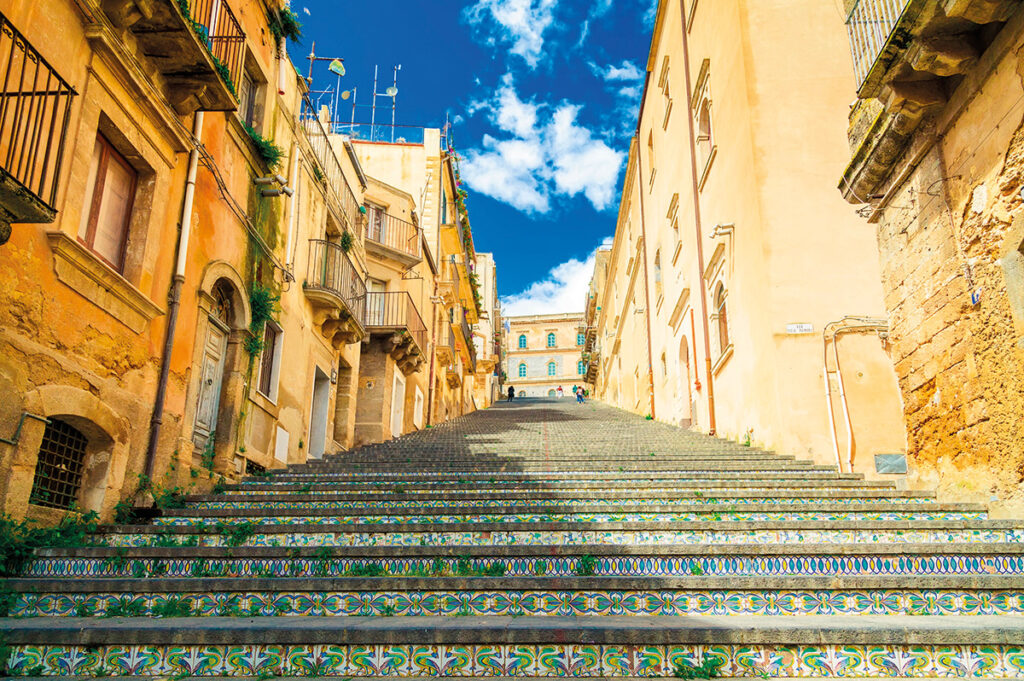
At the Museum of Ceramics you can see over 2,500 artifacts made in Sicily ranging from prehistoric times to the present day. The building is accessed from the end of the Teatrino di Caltagirone, a belvedere built in 1792 based on a design by Natale Bonaiuto, with its terraces decorated, of course, with ceramics.
In the streets of the town you can visit the numerous artisan workshops. Ceramics workshops often organize courses and workshops: visitors can discover the secrets of ceramics by watching master craftsmen at work, or they can create their own object to take home as a souvenir.
The Villa Comunale is also rich in majolica and terracotta vases: in the center of the garden, which was built on the model of English parks, there is a Moorish-style music stage. The sculptor Camillo Camilliani created one of the basins of the Fontana della Flora which is located in the lower part of the villa.
Among the places not to be missed is the Cathedral of San Giuliano, built in Norman times but remodeled several times also due to the earthquakes that hit the city. The cathedral is richly decorated inside: the dome is covered with ceramics while the walls are covered with stuccoes and frescoes.
Among the most important religious buildings there is also the Church of Maria Santissima del Monte, which is located at the top of the famous staircase. Also damaged by earthquakes, inside there is the vault decorated with frescoes depicting the biblical heroines and the Sacred Image of the Madonna Conadomini, a panel from the first half of the 1200s painted on both sides, an object of devotion of the citizens of Caltagirone.
Designed in the mid-1800s by the architect Giovanni Battista Nicastro, the Monumental Cemetery (also called the Cemetery of Paradise from the name of the district where it was built), was declared a national monument in 1931 thanks to the large number of sculptures, paintings and friezes present inside. Worthy of note is the entrance portico while inside it is possible to visit the Ossuary and see the numerous noble tombs in Liberty-style.
The Bourbon Prison, built in 1700 by the Syracusan architect Natale Bonaiuto on the remains of the Norman Castle collapsed in the earthquake of 1693, is a beautiful building that has changed its intended use several times. Today it houses the Luigi Sturzo Civic Museum, with its art gallery and archaeological section. The torture room remains of the ancient prison, which can still be visited today.
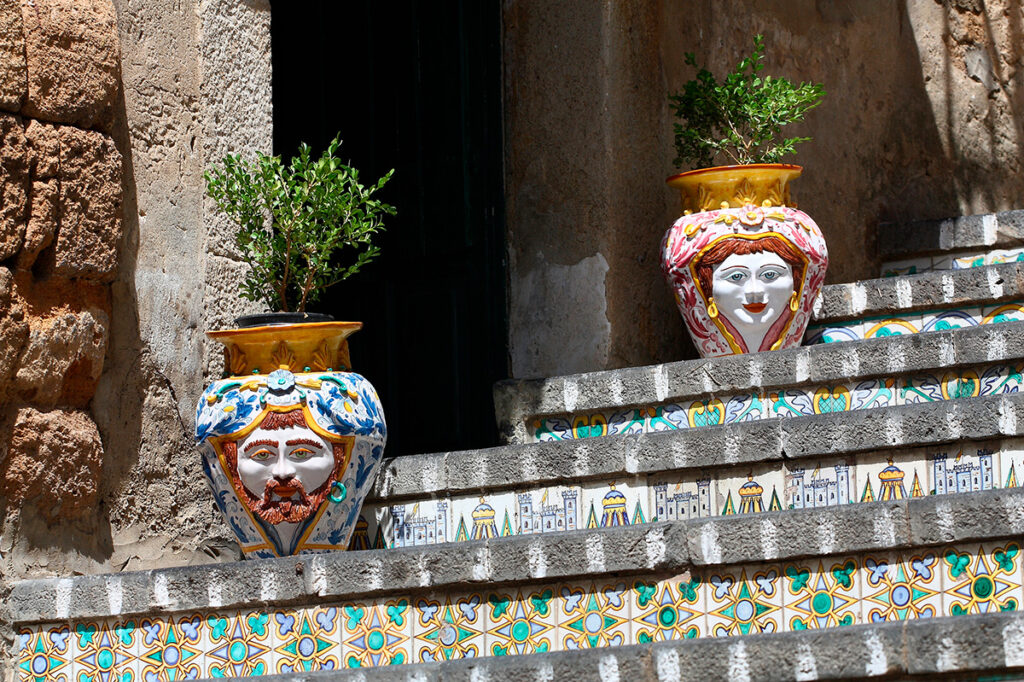
Among the most representative places in Caltagirone there is also the Tondo Vecchio: it is a semicircular belvedere that overlooks a splendid panorama of the Valle di Ponente (unlike the Teatrino which overlooks the Valle di Levante). The Tondo Vecchio hosts shows and concerts in the summer months. Another place to admire a splendid view is the Ponte di San Francesco, decorated with majolica and ceramics.
There is no shortage of splendid buildings of civil architecture. In Piazza Umberto I there are Palazzo Crescimanno d’Alabafiorita, Palazzo Libertini di San Marco, an ancient episcopal seat, and the Monte delle Prestanze. Villa Patti, with its English-style garden, is a splendid Venetian neo-Gothic style villa designed by the architect Nicastro, the same as the Monumental Cemetery, in the mid-1800s.
Finally, Caltagirone is also famous for its nativity scenes. During the Christmas period, master craftsmen set up nativity scenes in the historic center by building ceramic statues and more. Some of these can be seen all year round inside the Museo Internazionale dei Presepi, which is located behind the Villa Comunale. Born thanks to the donation of Luigi Colaleo, a Milanese lawyer originally from Caltagirone, inside you can find ancient nativity scenes of Neapolitan art but also some modern nativity scenes, collected in recent years.
Caltagirone is a city rich in charm and history, which attracts visitors thanks to the fame of its ceramics and conquers them with its beauty and colors.
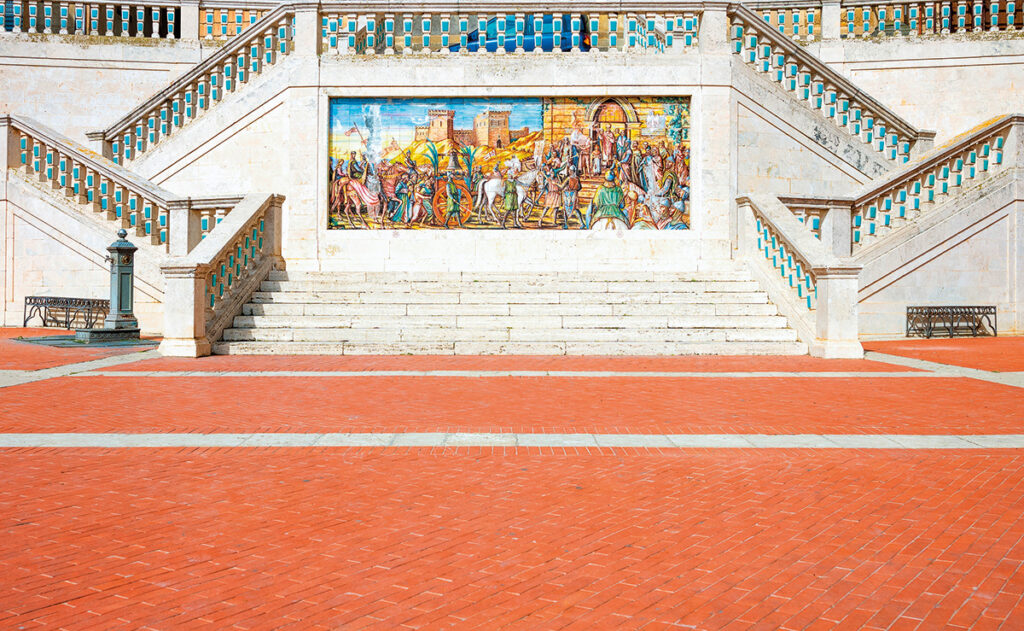

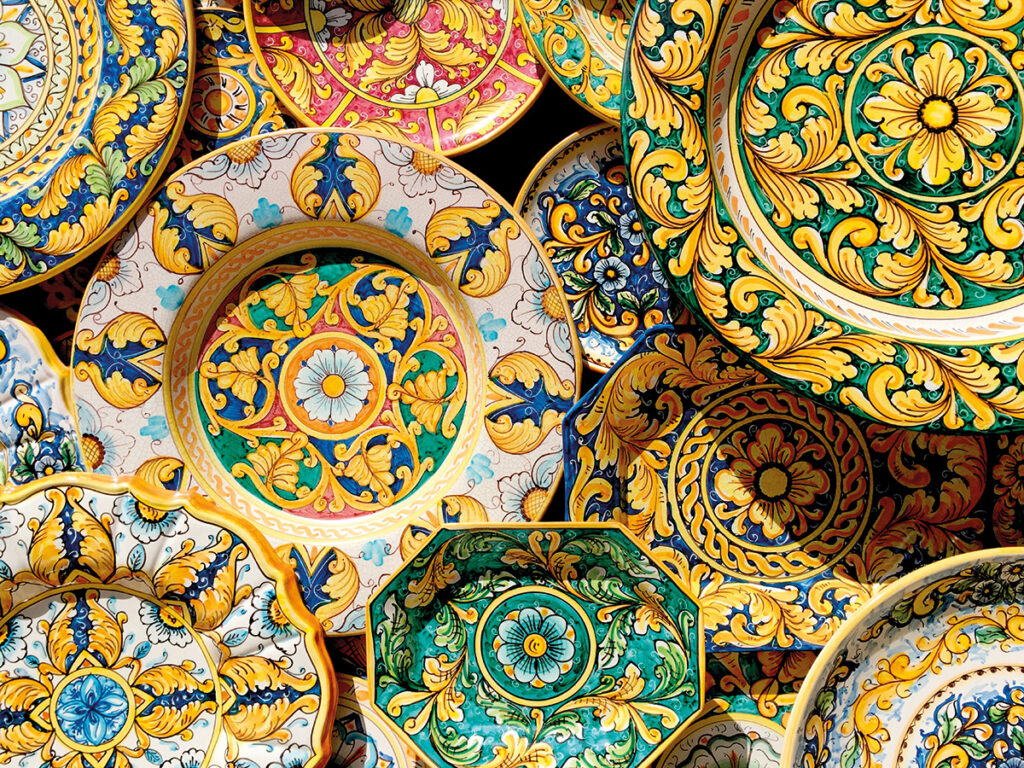
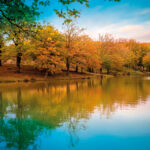
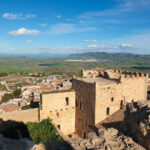
Comments are closed.